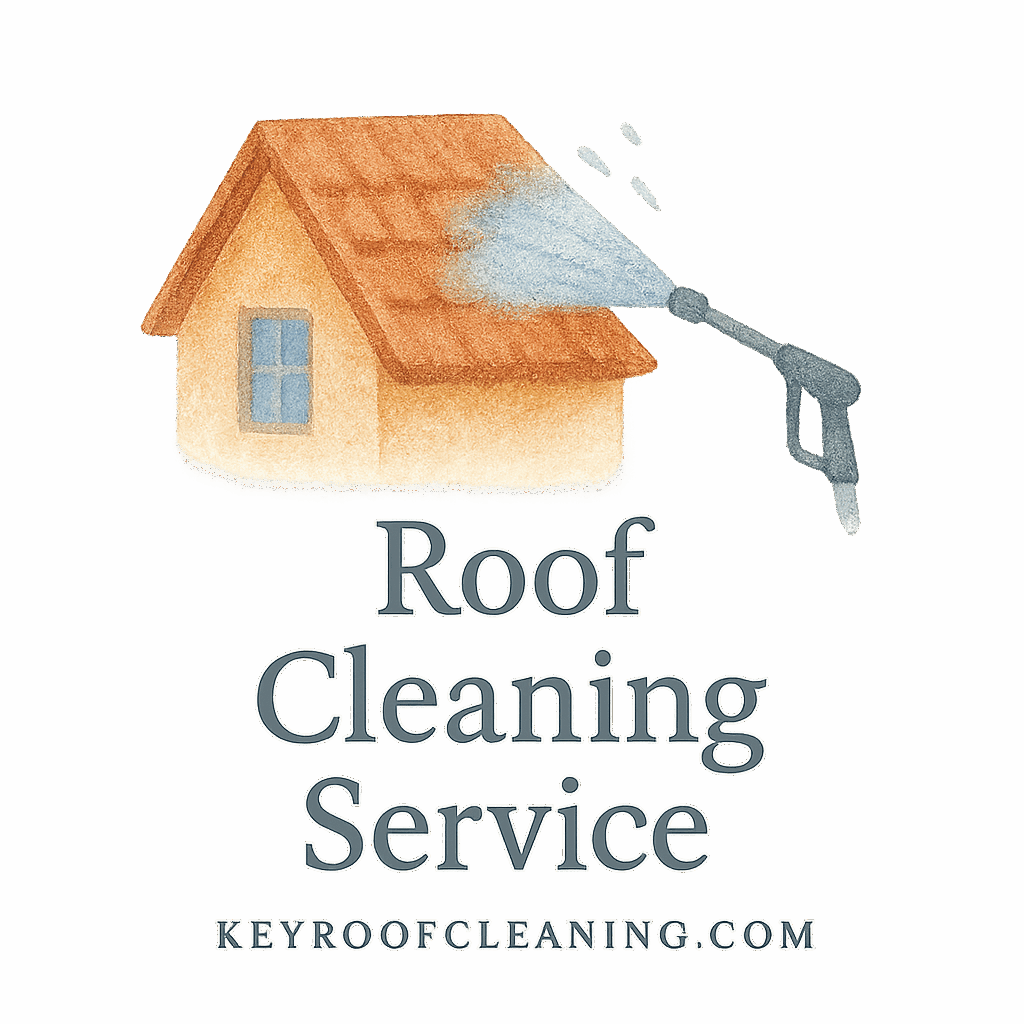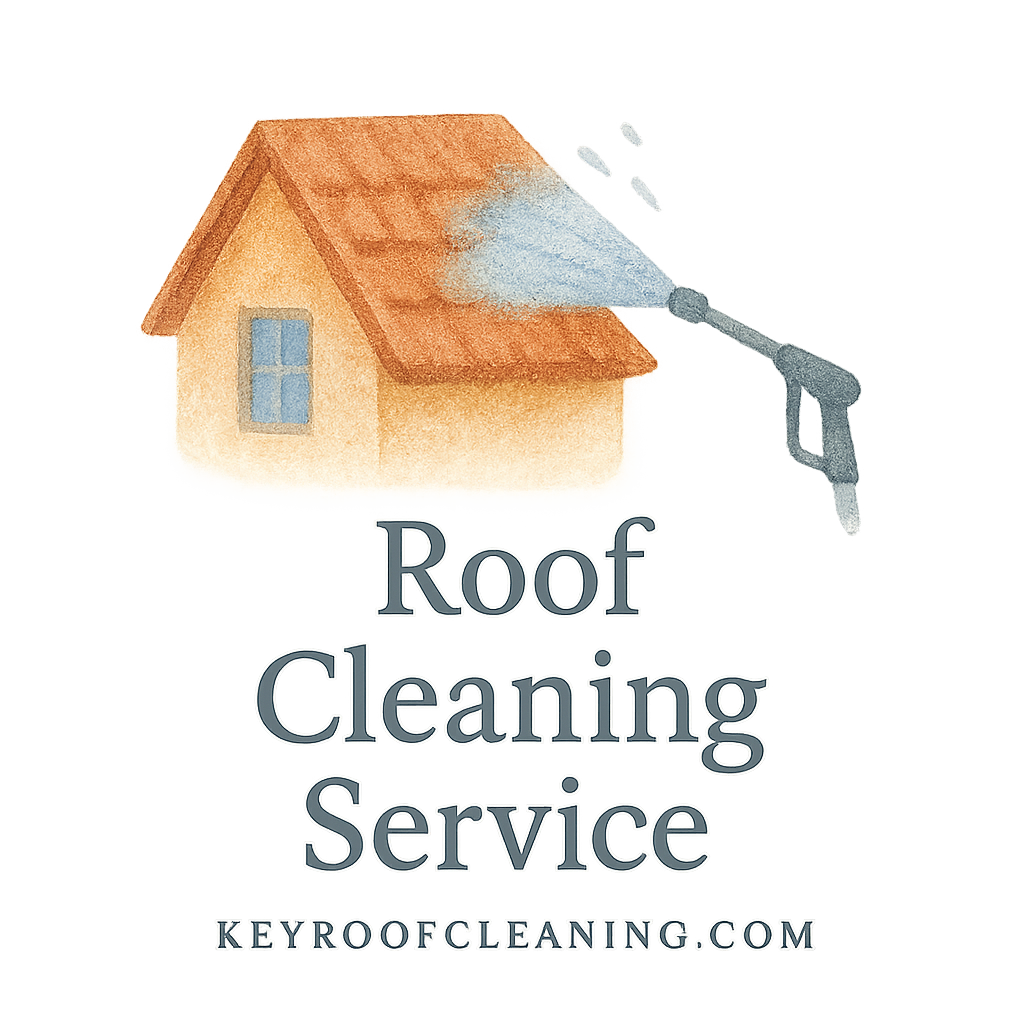Tired of that mossy, grimy roof but don’t want to blast it with harsh chemicals? You’re not alone. More and more homeowners are looking for biodegradable roof cleaning solutions that are safe, effective, and environmentally friendly. Not only do they get the job done, but they also protect your plants, pets, and the planet. Let’s break down why going green matters—and explore seven biodegradable options that actually work.
Why Choose Biodegradable Roof Cleaning Solutions?
The Rise of Eco-Friendly Home Maintenance
From reusable straws to solar panels, eco-friendly living has gone mainstream. So why not take it to the roof? Using biodegradable cleaners aligns perfectly with a green living lifestyle. It’s a smart choice that’s kind to nature—and still tough on grime.
Environmental Benefits of Going Green
Conventional roof cleaners can contain toxic chemicals that end up in storm drains, harming aquatic life and contaminating soil. Choosing biodegradable options reduces that risk dramatically, making them a top pick for eco-friendly homeowners.
What Makes a Roof Cleaner “Biodegradable”?
Ingredients to Look For
Biodegradable roof cleaners typically contain plant-based surfactants, natural acids (like citric acid), and other compounds that break down safely in the environment.
Common Harmful Ingredients to Avoid
Stay away from ammonia, chlorine bleach, and phosphates. They’re harsh on your roof, your lawn, and the environment. Many of these also contribute to respiratory irritation and algae blooms in water systems.
How Safe Are Biodegradable Cleaners for Roofs?
Impact on Roof Types and Materials
Not every cleaner works on every roof. Fortunately, biodegradable options are generally safe for a range of materials.
Metal Roofs
Go easy—acids can corrode metals over time. Opt for gentle solutions like oxygen bleach.
Asphalt Shingles
They’re a bit sensitive. Avoid high-pressure washing and harsh chemicals. Use Castile soap or vinegar-based options instead.
Tile Roofs
Porous but durable. Still, use caution. Check out our guide on tile roofs for special care instructions.
Things to Consider Before Using Eco-Friendly Roof Cleaners
Weather and Application Conditions
Always choose a dry, mild day. Avoid applying any cleaner just before a rainstorm—you don’t want your solution washing off into your flowerbeds or the storm drain.
Safety and Ladder Use
Working on a roof isn’t exactly a walk in the park. Brush up on ladder safety and consider having someone spot you.
Need more safety guidance? Visit our maintenance and safety section.
1. White Vinegar and Baking Soda
How It Works
This dynamic duo breaks down dirt and kills mold naturally. The fizzing action helps lift debris, making it easier to rinse off.
Application Tips
Mix one part vinegar with two parts water and add a teaspoon of baking soda. Spray generously, let it sit for 15–20 minutes, and rinse with a hose.
2. Hydrogen Peroxide Solution
Safe on Delicate Surfaces
Unlike bleach, hydrogen peroxide is biodegradable and won’t damage plants or roofing materials. It’s also less corrosive, making it a great pick for sensitive roofs.
Mold and Mildew Removal
Hydrogen peroxide is a mold killer. Combine with water (3:1 ratio), apply with a pump sprayer, let sit, and gently scrub off.
Learn more about how to deal with delicate roofs in our delicate roof tag.
3. Lemon Juice and Water Mix
Natural Degreaser
Lemon juice is slightly acidic, making it great for breaking down organic growth and grime on your roof.
Fresh Scent Bonus
Not only does it clean, but it also leaves a zesty scent behind. Perfect for roof decks or areas near windows.
For more green solutions, check out green methods.

4. Castile Soap and Warm Water
Powerful and Gentle
Castile soap is a vegetable-based soap that’s super effective against dirt, algae, and mildew. Plus, it won’t harm your landscaping.
Versatile for Home Use
You can use it for your roof, windows, and even to wash your car. Talk about multipurpose cleaning!
Find the right tools and products for this method.
5. Essential Oils and Vinegar Combo
Antifungal Properties
Tea tree, eucalyptus, and lemon oils have natural antifungal properties that make them ideal for roof cleaning when paired with vinegar.
Pleasant Natural Aroma
Unlike harsh cleaners, this combo smells amazing—no gas mask required!
Explore more biodegradable and sustainable cleaning ideas here.
6. Eco-Friendly Commercial Cleaners
Brands to Try
Look for brands like Simple Green, Wet & Forget (Eco version), or ECOS Roof Cleaner. These products are specifically formulated to be safe and biodegradable.
Reading Labels for True Biodegradability
Just because it says “green” doesn’t mean it is. Look for certifications or detailed ingredient lists to verify its eco-credentials.
For more on techniques, check out roof cleaning techniques.
7. Oxygen Bleach (Sodium Percarbonate)
Safer Alternative to Chlorine Bleach
Oxygen bleach is non-toxic, biodegradable, and doesn’t harm plants or your roof. It activates with water to release oxygen that scrubs your roof clean.
Best for Roof Stains
It’s especially good for removing dark streaks caused by algae. Just be sure to wear gloves and apply evenly.
Dive into the basics of roof cleaning before starting.
Tips for Roof Cleaning the Eco-Friendly Way
Use the Right Tools
Avoid pressure washers. Use a soft brush or garden sprayer for applying solutions. Check out our section on cleaning methods for more.
Avoiding Runoff into Landscaping
Always block gutters or use biodegradable solutions sparingly to prevent harm to your plants.
Follow a Roof Maintenance Checklist
Stay on top of seasonal cleaning with a good roof cleaning checklist.
When to Call the Pros
Hiring Tips for Eco-Friendly Roof Cleaners
Not all pros are created equal. Look for certified contractors who advertise professional service and use sustainable methods.
Safety and OSHA Considerations
If heights aren’t your thing, hire someone who follows OSHA safety standards. It’s better safe than sorry.
Browse our hiring tips guide to find the right cleaner.
Final Thoughts on Going Green for Roof Cleaning
Going green doesn’t mean going soft on roof dirt. These 7 biodegradable roof cleaning solutions offer powerful results without compromising on environmental safety. Whether you’re doing it yourself or hiring a pro, sustainable cleaning is totally doable—and your roof will thank you.
Learn more about eco-friendly living and roof care at Key Roof Cleaning.
FAQs
1. Are biodegradable roof cleaners safe for pets and plants?
Yes, most are safe—but always rinse thoroughly to minimize residue near plants and pet areas.
2. Can I use biodegradable cleaners on all roof types?
Mostly yes, but always test a small area first—especially on older or delicate roofs.
3. How often should I clean my roof with biodegradable solutions?
Every 6–12 months, depending on your local weather and foliage.
4. Will vinegar damage my shingles?
Used correctly and diluted, vinegar is generally safe. Just don’t overuse it.
5. What’s the most effective natural solution for mold?
Hydrogen peroxide and baking soda are excellent choices for mold and mildew.
6. Are commercial eco-cleaners better than homemade ones?
Not necessarily—homemade versions are just as effective if mixed properly.
7. Where can I learn more about eco-friendly roof care?
Check out KeyRoofCleaning.com for guides, tools, and tips.


